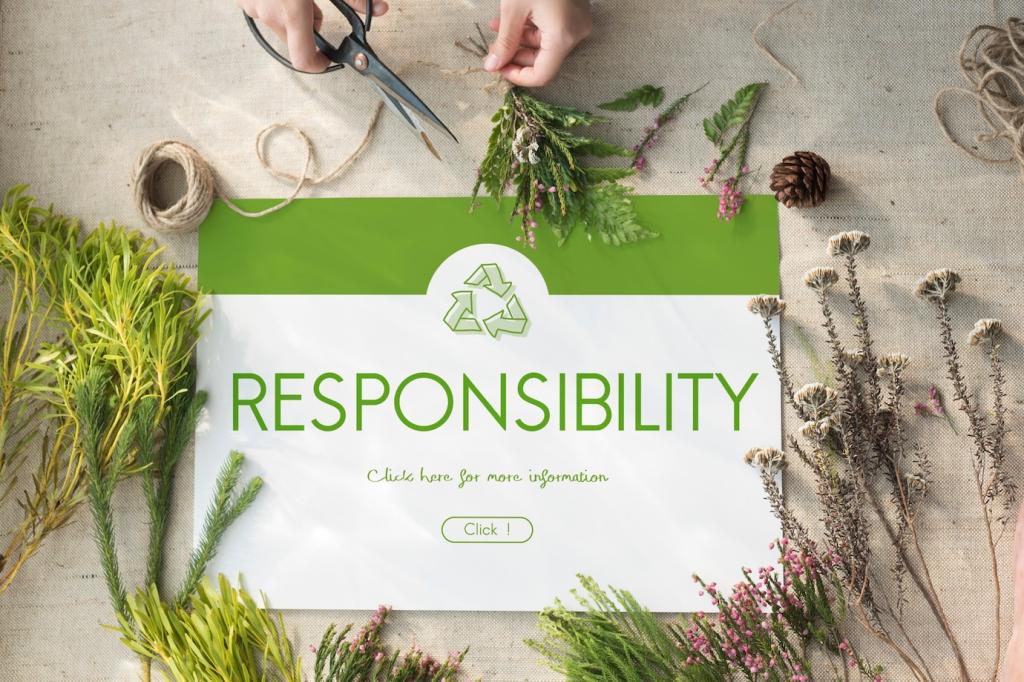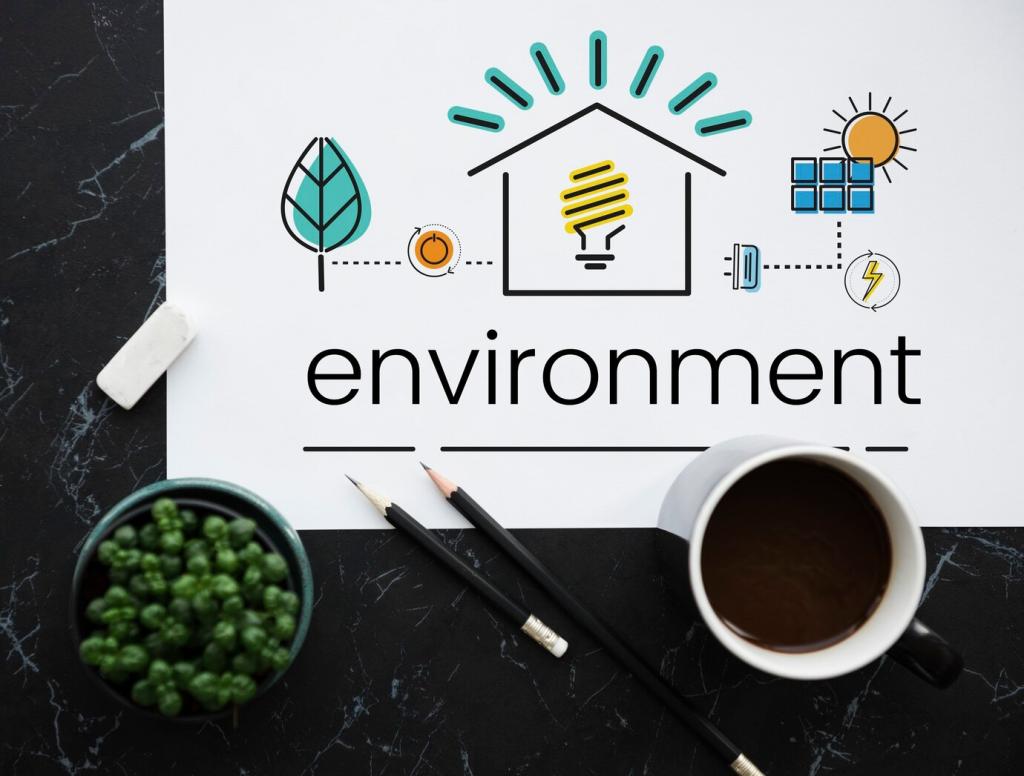Unlock Energy Savings: Understanding Tax Credits for Energy Efficiency
Selected theme: Understanding Tax Credits for Energy Efficiency. Welcome to your friendly guide to turning smart home upgrades into real savings. We’ll translate policy into plain English, share lived stories, and help you plan projects that lower bills, shrink emissions, and qualify for meaningful tax credits—without the confusion.

What Energy Efficiency Tax Credits Are—and Why They Matter
A tax credit is a direct reduction of taxes owed—different from a deduction that only reduces your taxable income. Credits for energy efficiency reward specific improvements, such as insulation or efficient heating, that meet government standards. Ask questions in the comments if a definition still feels fuzzy.
If you owe $1,200 in taxes and have a $300 credit, you owe $900. That clarity makes credits especially powerful for home upgrades. Deductions, by contrast, only lower income subject to tax. Share your scenario below, and we’ll help you think through the difference.
Maya’s 1940s bungalow was chilly and loud. After adding dense-pack insulation and a heat pump, her winter bills dropped noticeably. The tax credit helped close the affordability gap, making a better system possible sooner. Tell us: what comfort issue would you fix first if the numbers finally worked?




Numbers That Add Up: Calculating Your Potential Credit
Credits typically cap at a percentage of qualified costs, up to an annual dollar maximum for specific categories or across the year. Planning several small projects across multiple years can unlock more value. Want a simple spreadsheet template? Ask below, and we’ll share a starter layout.
Numbers That Add Up: Calculating Your Potential Credit
You can often combine federal tax credits with utility rebates and state programs, provided you follow each program’s rules. Avoid double-counting the same cost. Post your utility provider and state in the comments, and we’ll point you toward reputable incentive finders.


Paperwork, Proof, and Timing
Hold onto receipts showing materials and labor, model numbers, and certification statements. Photos of the installation date and location can help too. Store everything in a single digital folder. Want a checklist? Comment “checklist” and we’ll send a tidy, printable version.
Paperwork, Proof, and Timing
A manufacturer certification statement typically confirms that a product meets efficiency criteria for credit eligibility. Save a PDF or printed copy linked to the exact model you purchased. Not sure where to find it? Ask here with your brand and model, and we’ll help track it down.
Renters, Condo Owners, and Multifamily Situations
Renters may benefit via portable upgrades like smart thermostats compatible with landlord systems, or through negotiated improvements where landlords claim credits. Share your lease details and goals, and we’ll suggest talking points for a win-win upgrade conversation.
Renters, Condo Owners, and Multifamily Situations
In condos, ownership lines matter. Windows or HVAC may be unit-owner, common, or shared responsibilities. Understanding bylaws helps determine who can claim credits and for what. Post your biggest HOA hurdle, and we’ll crowdsource strategies from readers with similar experiences.


Mistakes to Avoid
Two nearly identical products can differ in eligibility due to efficiency ratings or certifications. Always verify the exact model meets the criteria before purchase. Share product links you’re considering, and we’ll help you sanity-check the specs together.
Mistakes to Avoid
Even a great product can underperform if installed poorly. Ask for duct testing, correct refrigerant charge, and airflow verification on HVAC jobs. Post-install photos and checklists help. Comment with your installer’s plan, and we’ll flag missing best practices.
Plan Your Year of Efficiency
Tackle air sealing and insulation in shoulder seasons, then HVAC before peak demand. Reserve weekends for DIY weatherization. Share your climate and home age, and we’ll help tailor a personalized, season-by-season checklist you can actually complete.
Plan Your Year of Efficiency
Map cash flow by pairing immediate utility rebates with tax credits realized at filing. Set aside a monthly energy fund to smooth costs. Comment with your target budget range, and we’ll suggest a phased upgrade plan that fits.


